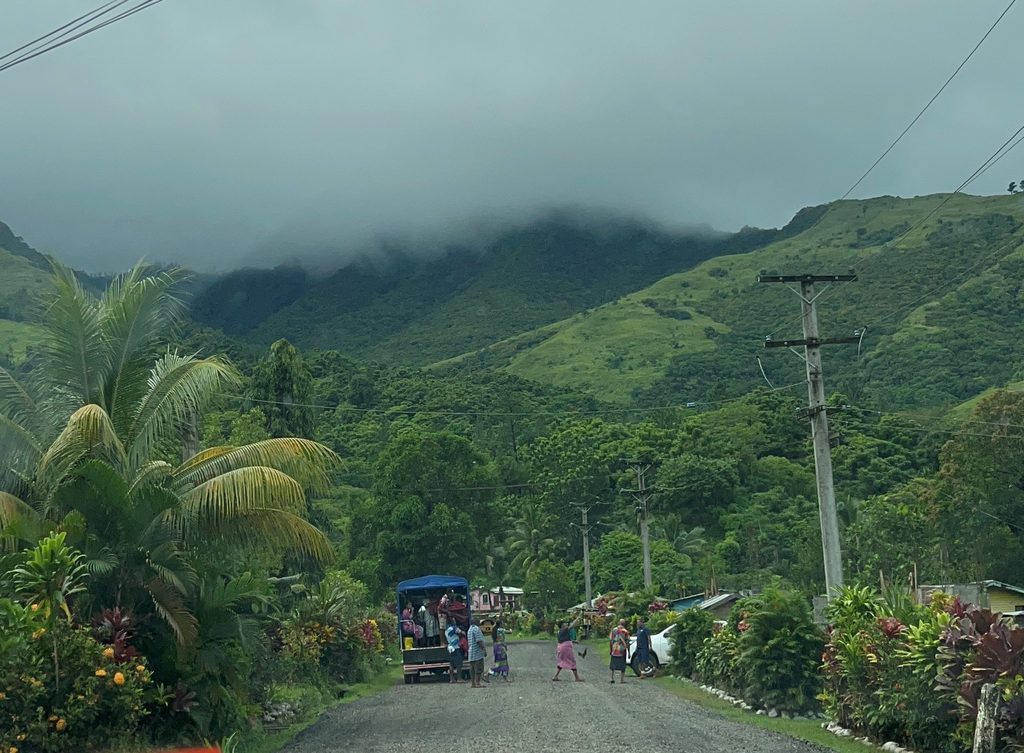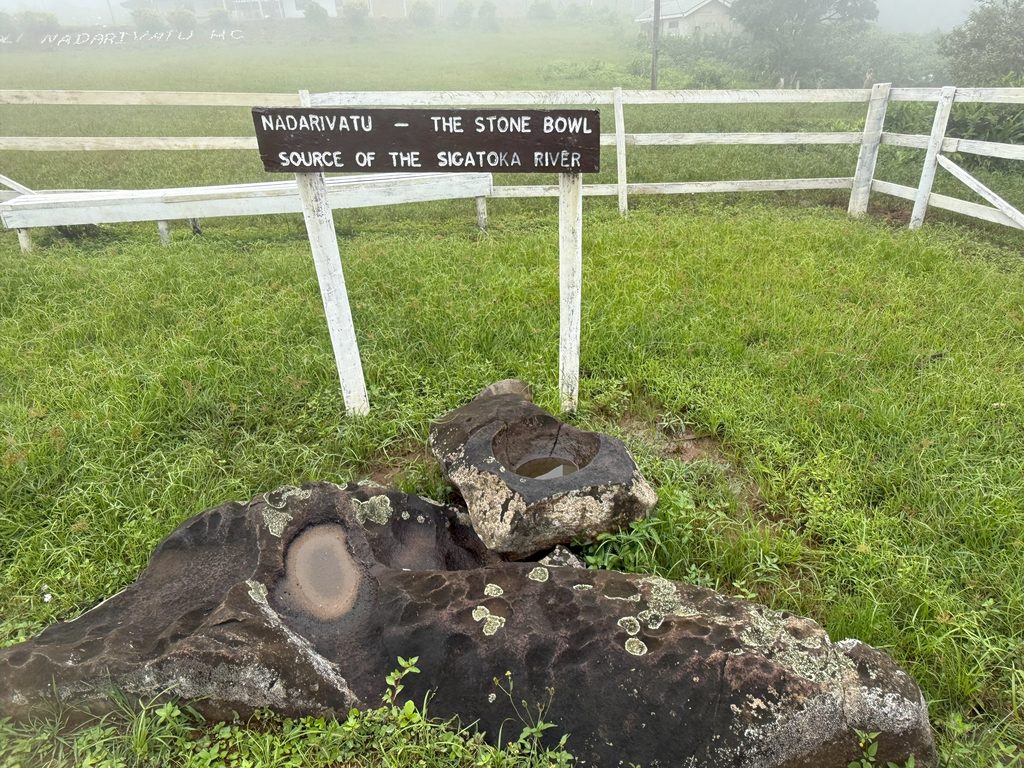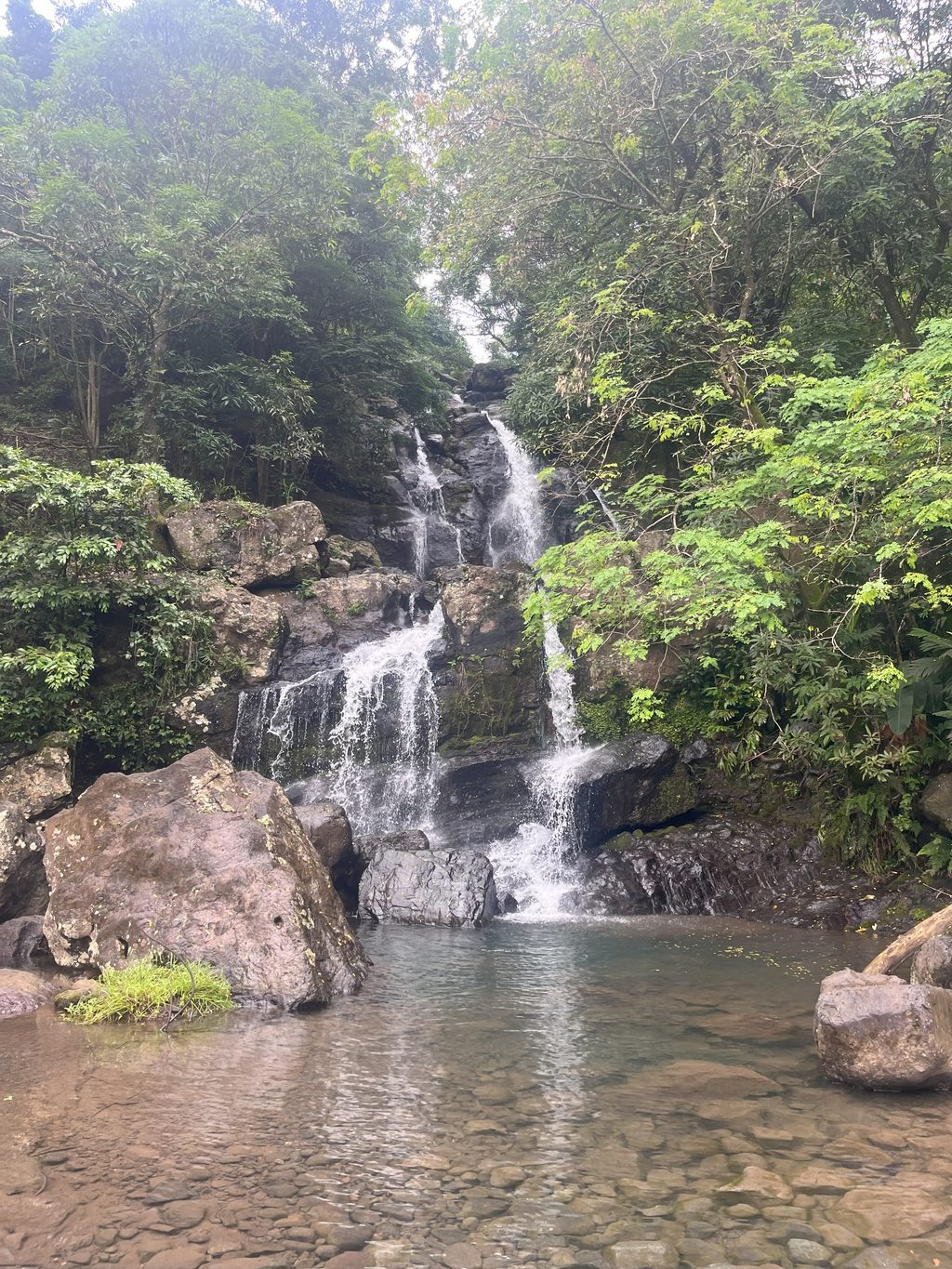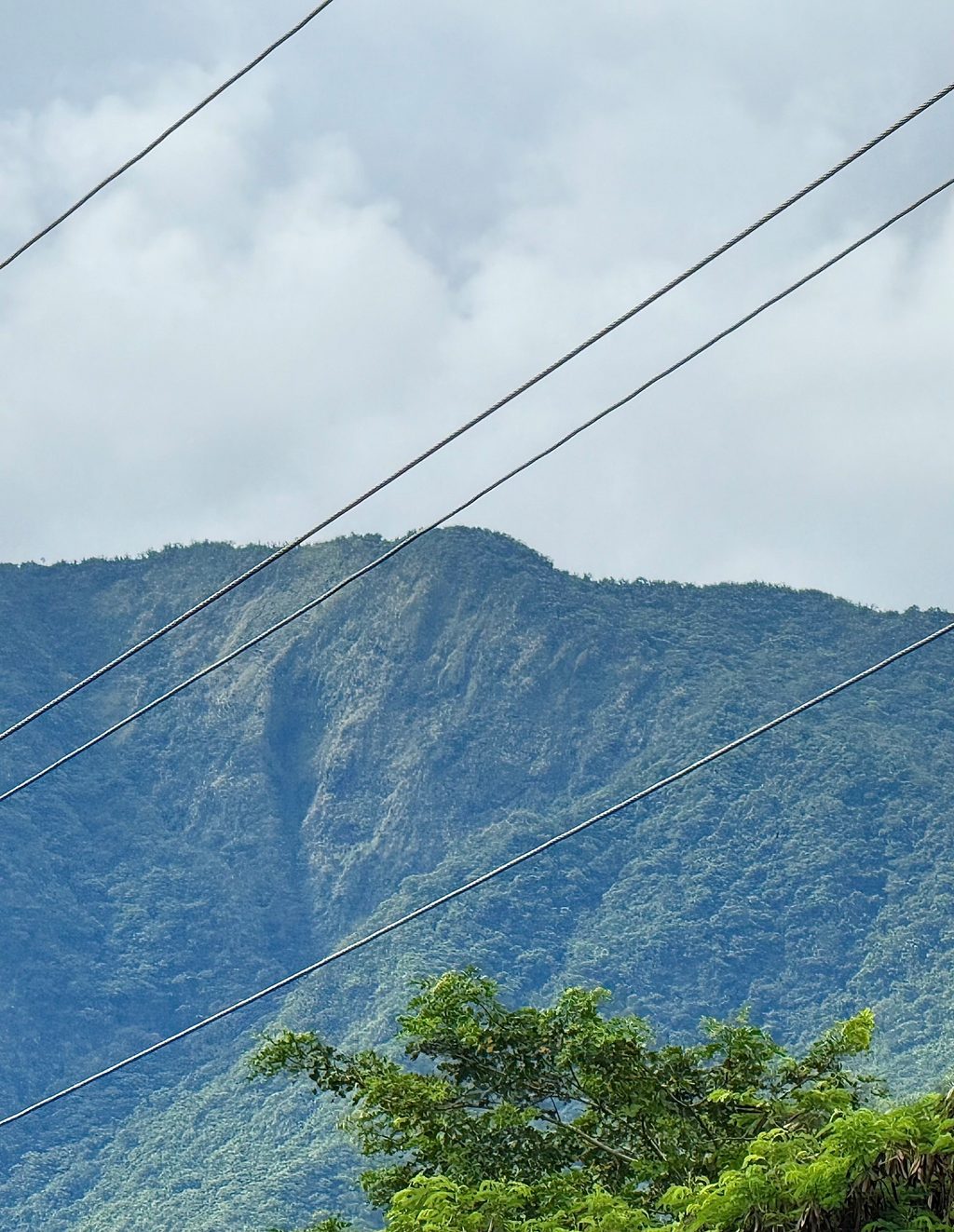IN the outback of sun-kissed Tavua town, where nature is in rich abundance, you will find the village of Waikubukubu, in the district of Savatu.
The village is cradled in a fertile valley at the foot of a vast mountain range which connects to the revered Tualeita and the majestic 1324-metre Mount Tomaniivi.
Close to the site of the 42-megawatt power station, the area is an important source of natural water and energy.
The village’s claim to fame is its role in the development of Nadarivatu as a government station during British colonial rule.
To carve roads through towering hills in the Nadarivatu region and build the first batch of government structures there, workers had to travel from and lodge at Waikubukubu.
Constructing the stretch of road up from the village to the steep and treacherous escarpment at Nadarivatu was an ambitious project, even by today’s standards.
It is quite possible the community was a melting pot of sorts during this period, providing a vital conduit between Tavua and the montane outpost.
Donald Jenkins, who worked as a surveyor in Fiji from 1928 to 1930, was billeted in a bure in Waikubukubu Village during his work in the area.
In the book, Fiji -Memory Hold the Door, author Betty Freeman described how she travelled from Tavua to Nadarivatu via Waikubukubu.
Freeman said she travelled on horseback from the railroad at Tavua South to Waikubukubu Village, then to the government station.
“Our luggage and groceries were carried by a horse-drawn wagon…from Waikubukubu wound up the hillside in a series of hairpin bends,” she noted.
Today, the village is over 60-household strong. Its latest venture is partnering with government on the Nadarivatu Forest Park, an income-generating initiative that has been described as a ‘living testament to resilience’.
“It (the park) is not merely a space for passive observation; it is an interactive classroom where communities, school children, and visitors alike can engage with the intricate web of ecological processes,’ Minister for Forests and Fisheries, Alitia Bainivalu said while officially opening the park in February.
“By fostering an understanding of the delicate balance between human activities, biodiversity, and climate, we are sowing the seeds for a generation that will be stewards of our natural heritage.”
Like other villages in the district of Savatu, since time immemorial, Nadarivatu has held a special place in the lives and hearts of the people of Waibukubuku.
The forest region was a territory ruled by a deity who took up the form of a serpent with a diamond on its forehead. Its name is not known but may be related to Degei.
According to oral accounts passed down through generations of ancestors, the original homestead of people who now live in Waikubukubu once stood at a place called Navatucere, near the mountainous area that is today called Nadarivatu.
The ancestors of Navatucere had two very special stone artifacts. One was the stone bowl known as Nadarivatu and the second was a stone called Tabutara.
“When our ancestors started migrating from Navatucere, pieces of the vatu were dug out from a block of stone and each migrating party took a piece of stone with them to their new home,” said Waikubukubu villager, Timoci Makara.
“As the stone pieces were distributed to people, a hollow dish-like feature permanently formed on the stone called dari. Hence, the government station area was called Nadarivatu (stone bowl).”
The Tabutara was used to determine the rightful leader of the clan.
“Tabutara is a stone that is secretly hidden. When someone has been picked to lead the clan, they must touch the stone. If the stone glows, it would indicate to the people that he is the rightful person to lead,” Timoci continued.
Another villager, Kuruvitu Siva, said old stories told by elders suggested the Tabutara stone had ‘gone missing’.
Another account said the rightful leader, to emerge sometime in the future, would ‘step on the stone and leave behind a footprint’.
“Villagers say one day, a leader will rise from Waikubukubu and he will leave his mark on the stone. All groups of people who migrated from Nadarivatu to other parts of Fiji will return to honour him,” Makara added.
Above Waikubukubu Village, at a place called Qaranabuluta is a rock face that depicts the face of an unnamed mysteriously looking man.
Villagers believe the head formation, which may possess mystic powers, revealed itself after a cyclone struck a few years back.
“You won’t ever see the man’s head until you are told and directed by someone,” said Siva.
Some even believe Qaranabuluta, which is still clouded in mystery, may have a special and significant place in Waikubukubu’s future.
Waikubukubu Village with misty Nadarivatu in the background.
Picture: ANA MADIGIBULI

The famous Nadarivatu landmark. Picture: ANA MADIGIBULI

Waikubukubu roadside beauty. Picture: ANA MADIGIBULI



